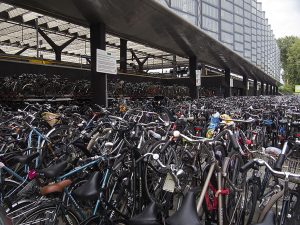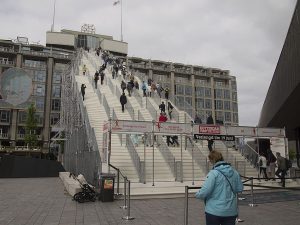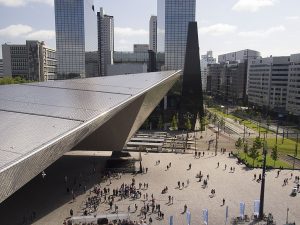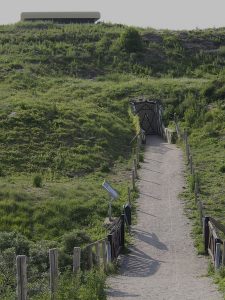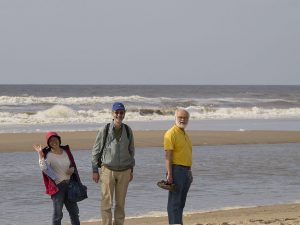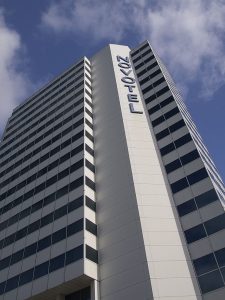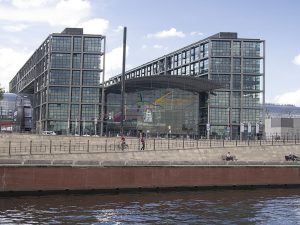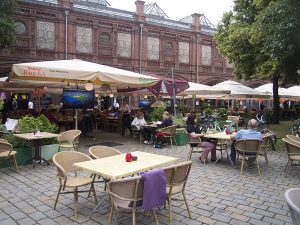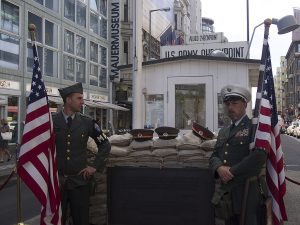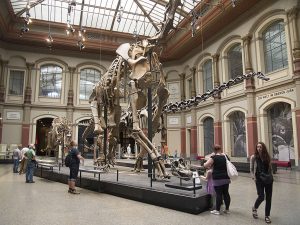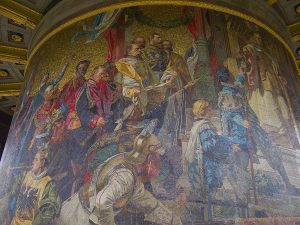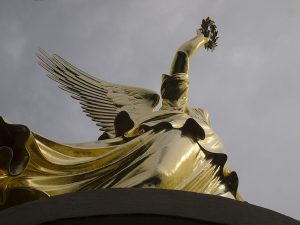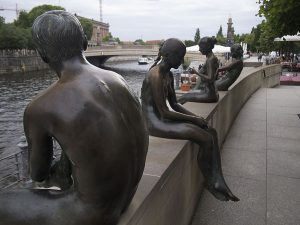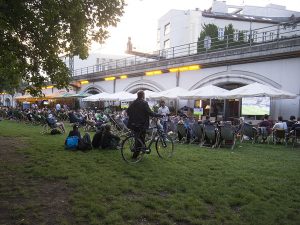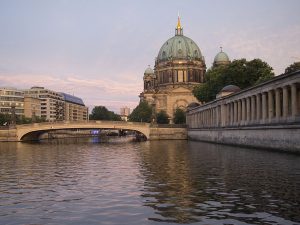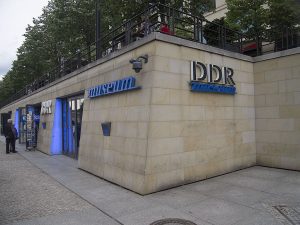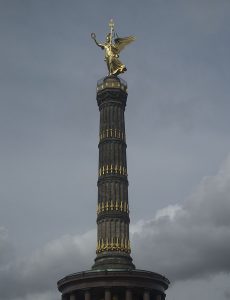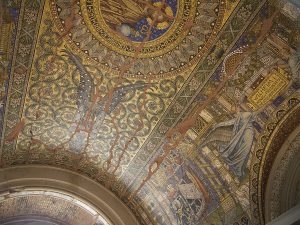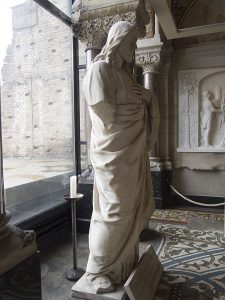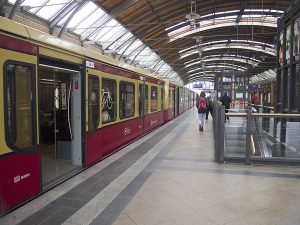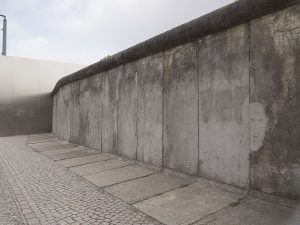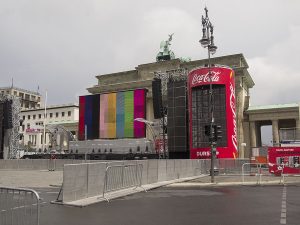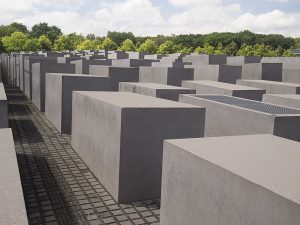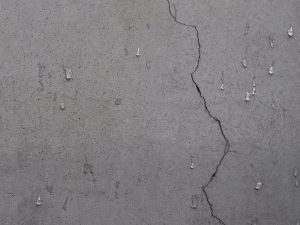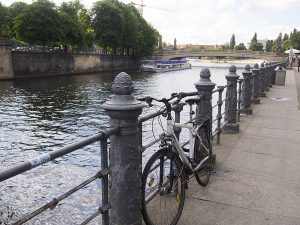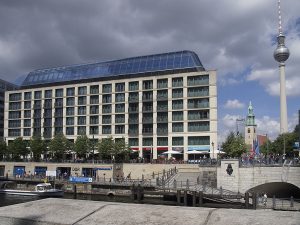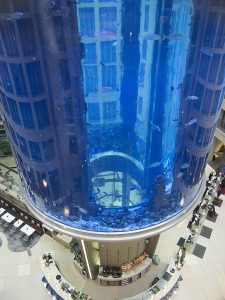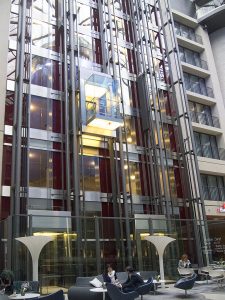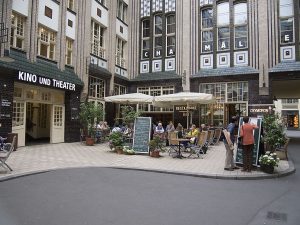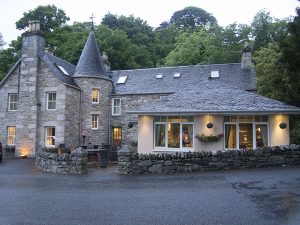Overnight, before we left for Amsterdam, we heard rolling thunder for what seemed like hours.
Because Amsterdam is so close to Rotterdam, Arjan decided to take back roads so we could visit the “Green Heart” (Groene Hart) of Holland. It is a very pretty area, through small, windy roads that pass lovely country homes with neat gardens and flowered vines, along with the original farmhouses and fields.
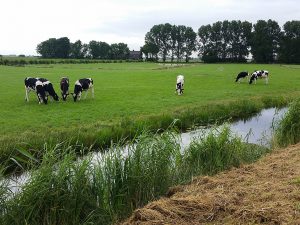
As we continued on, we came to areas with many broken branches and strewn leaves everywhere. Eventually, we came to a dead end, with downed trees blocking the roads in all directions. We had to turn back and find another way. All the sloots and ditches were full of water up to the brim. Later we found out that there had been mini-tornadoes overnight. Although it looked more like the results of micro-bursts to me, the Dutch weather service called them tornadoes (they would know).
Our hotel in Amsterdam is another business hotel, this time a Best Western, with a fairly dark decor and all the usual amenities. It is quite far from the center of things, but it will make it easy to drive out of town.
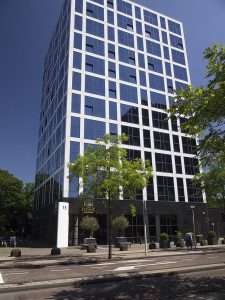
One of the highlights of our trip has been our plan to attend a concert with Emanuel Ax playing at Amsterdam’s famous Concert-Gebouw (which simply means “concert building”).
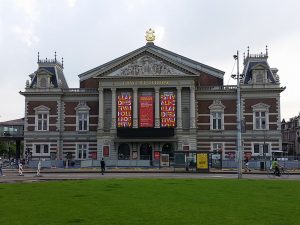
After dressing for the concert, we took the tram to the museum square (museumplein), a large open area surrounded by museums. The Concert-Gebouw is at one end, and the famous Rijksmuseum is at the other.
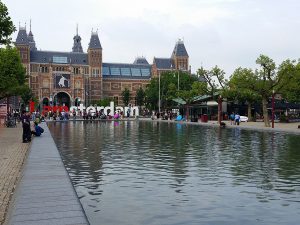
Also on the plein is the Van Gogh museum and the Stedelijk museum. The Stedelijk museum is a historic building with a new wing that looks like a bathtub viewed from underneath.
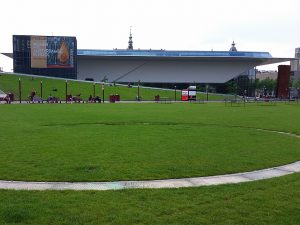
Before the concert began, we strolled around the plein, dodging raindrops that stopped and started.
The main concert hall (Grote Zaal) of the Concert-Gebouw is famed for its acoustics. It is basically a square box with a ceiling very similar to the one in Boston’s Symphony Hall. Unlike Boston, there are lots more composer names around the hall. In Boston, they couldn’t agree about which composers to include, so they only named Beethoven. In the Concertgebouw, there are composers displayed that almost nobody has ever heard of.
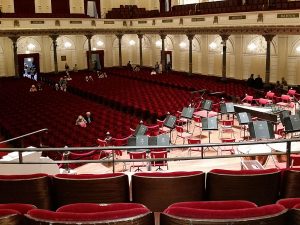
The concert—including Hayden’s Symphony No. 22, Beethoven’s Fourth Piano Concerto, and Mendelssohn’s Italian Symphony—was excellent. I had never heard of the visiting conductor, François-Xavier Roth, but he and the Concertgebouw orchestra did an excellent job of bringing energy to all three pieces. The Concertgebouw is considered one of the best orchestras in the world, and Emanuel Ax is just plain good, one of the best pianists I know. He is so unassuming that I think he is under appreciated. Other people get more credit as the best living pianist, but he is right up there.
The concert hall is intimate, and the stage is tiny. To bring the piano, a baby grand, to the stage, they use an elevator from underneath. Since we had seats behind the orchestra, we had an excellent view of the entire procedure.
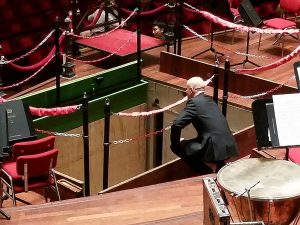
The conductors and soloists, on the other hand, have to go up and down a staircase to take their bows. Some of them are getting quite elderly, so it must be quite a challenging activity for many of them.
I really wish we had spent more time in Amsterdam. Although I have been there a number of times, I’d really like to see more of the downtown areas and the concentric canals with their historic houses.
Photographs © 2016 P.J. Gardner. All rights reserved.
